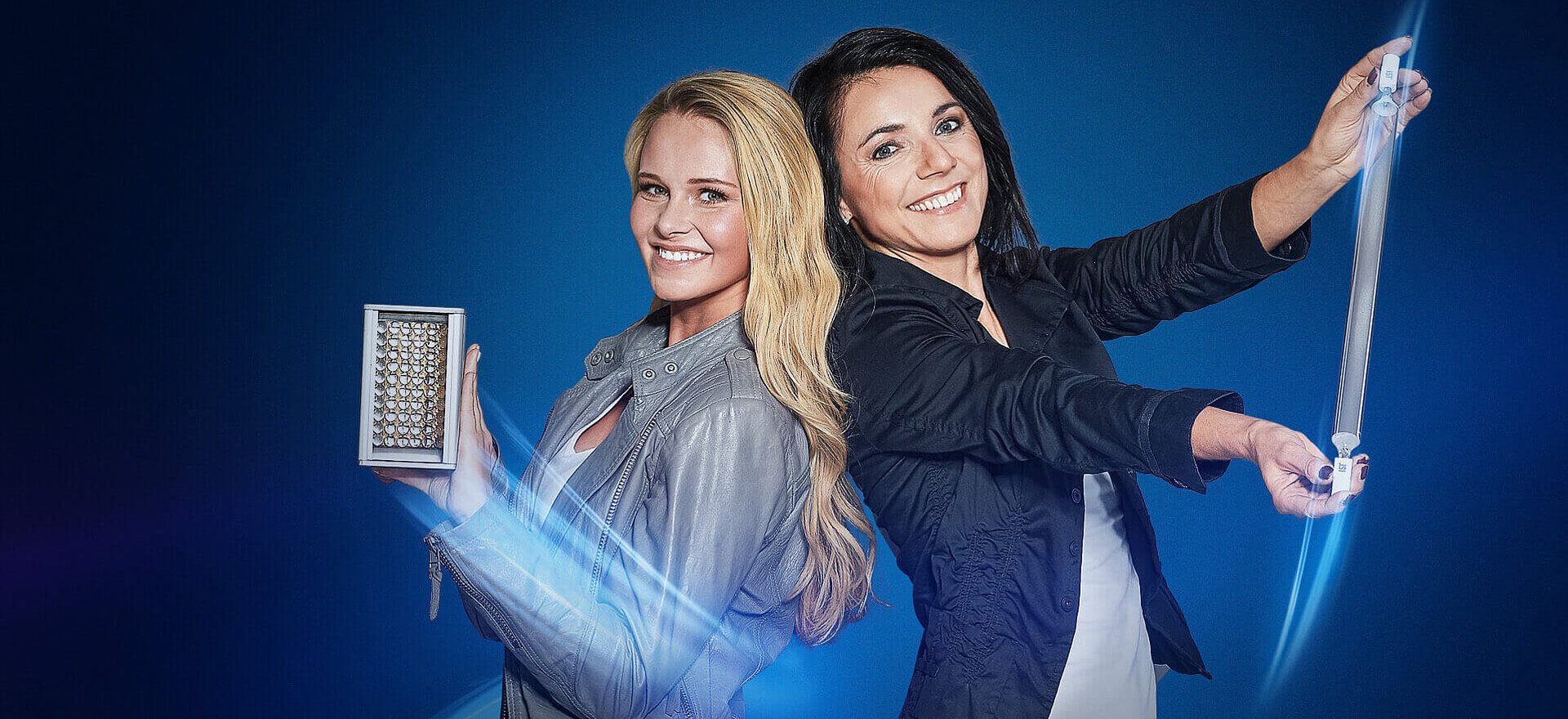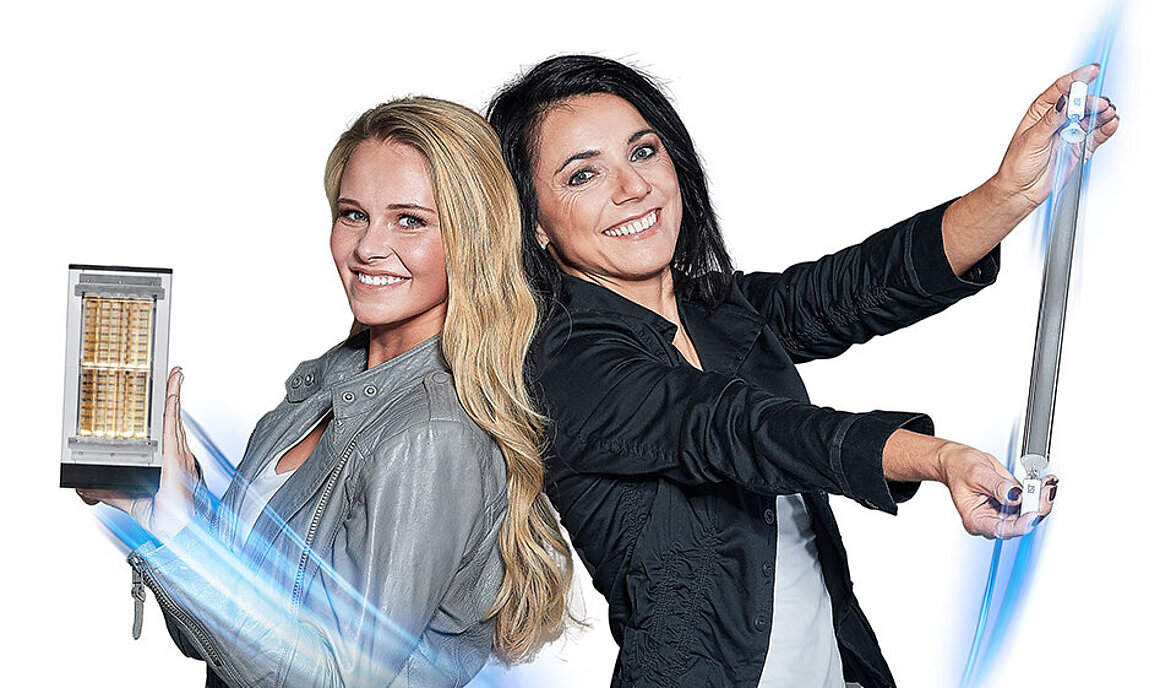
LED UV vs. UV lamp
Differences in curing technologies
For over 45 years, UV lamps with their broadband spectrum have proven themselves in many areas of application. In comparison, modern LED UV technology requires a higher initial investment, but offers decisive advantages: Energy savings and a significantly longer service life. There is growing interest in LED solutions, particularly in the field of UV curing. In UV curing, the focus is always on fulfilling the curing requirements of the end product - both UV lamps and LED UV systems can be used here. A mere consideration of the connected load is not sufficient.
Important factors that influence the choice of a suitable system are
LED technology offers clear advantages, particularly for applications where high production speeds and specific product properties are required, such as in commercial printing. The decision in favour of a UV lamp or an LED UV system should therefore always be based on the individual requirement profiles of the respective application.

In addition to the requirements on UV or LED UV systems, there are technical differences. The most important features of each technology for industrial curing are outlined below.
In industrial UV curing, there is always one goal at the end of the process chain: an optimised curing result that meets the specific requirements of the end product. It is not only the technology used - whether LED UV systems or classic UV lamp systems - that is important, but above all its suitability for the respective application.
A direct comparison of the electrical connected load between LED UV systems and conventional UV lamp systems often falls short. Much more important is how efficiently and reliably the respective solution works under real production conditions - and whether it fulfils the specific requirements of the application.
The requirement profiles for successful integration into industrial processes vary depending on the industry, product and production environment. Typical decision criteria when choosing between LED UV and UV lamp technology are
The above requirements result in typical areas of application for LED UV systems, particularly where precise curing, compact designs and high energy efficiency are required. LED UVs are often used in inkjet printing and for curing adhesives, for example in electronics or medical technology. Another widespread field of application is commercial printing. Here, the focus is primarily on the required product properties and high production speed - requirements in which LED UV technology can fully utilise its advantages.